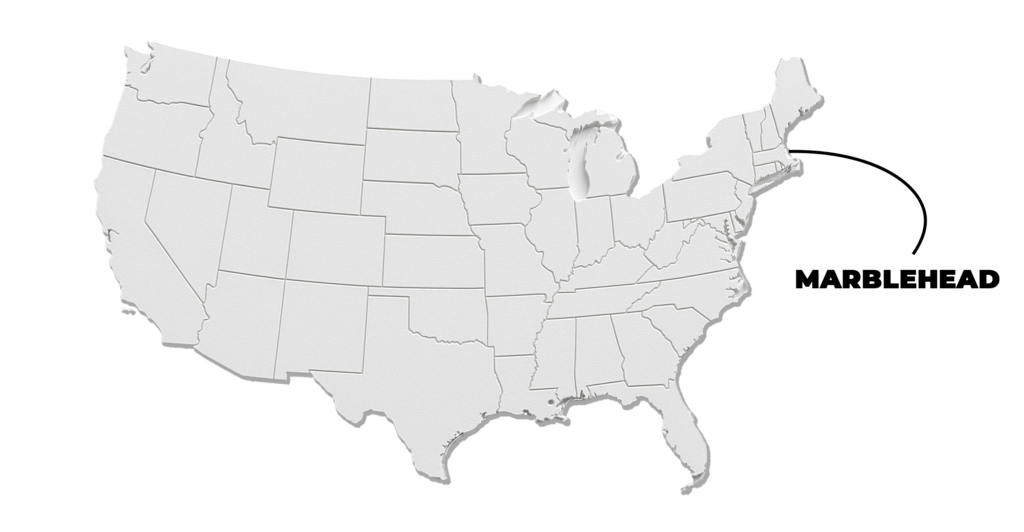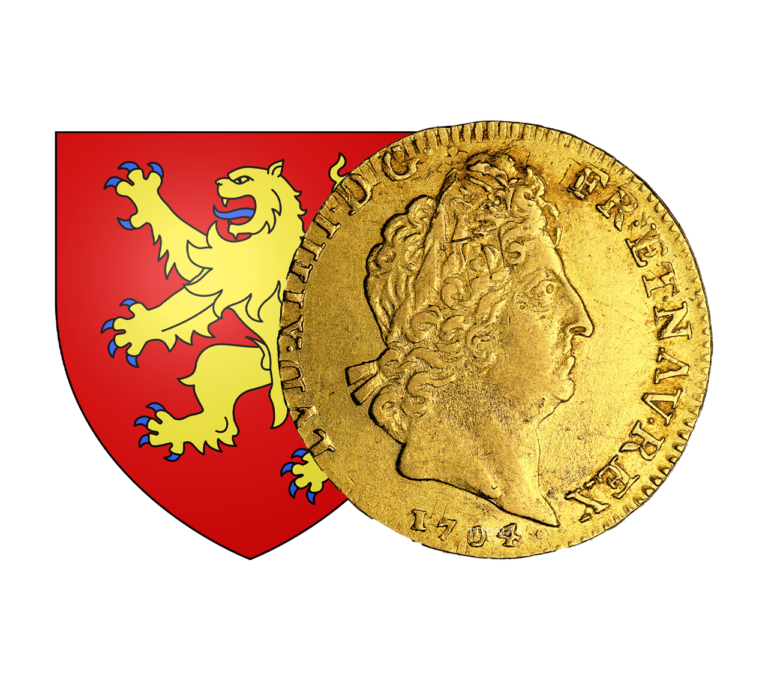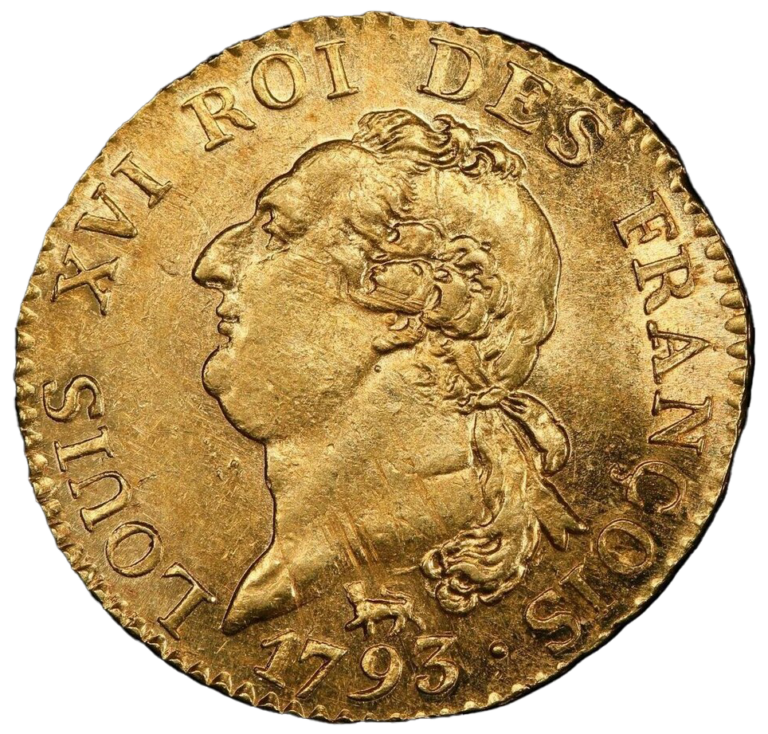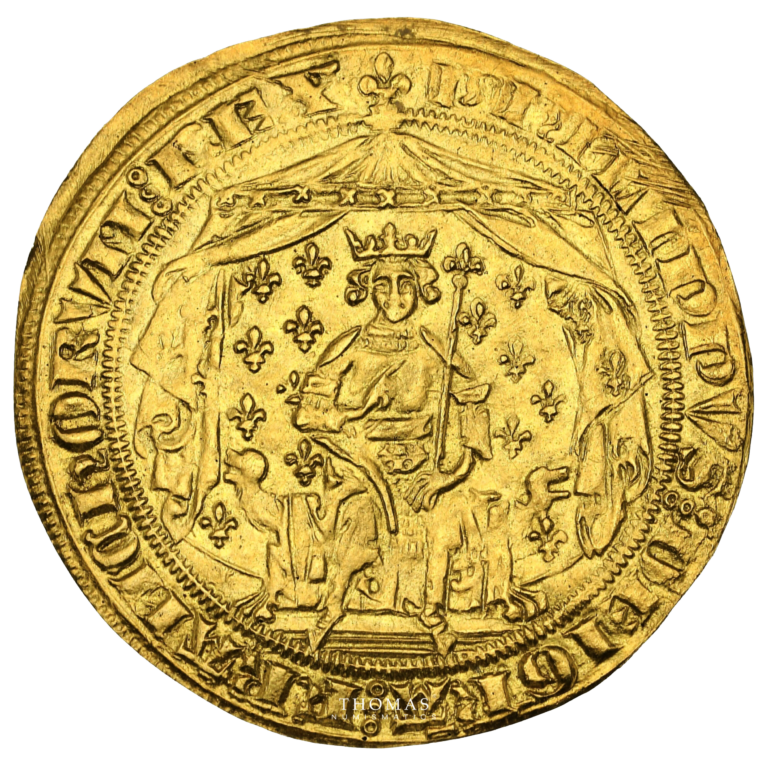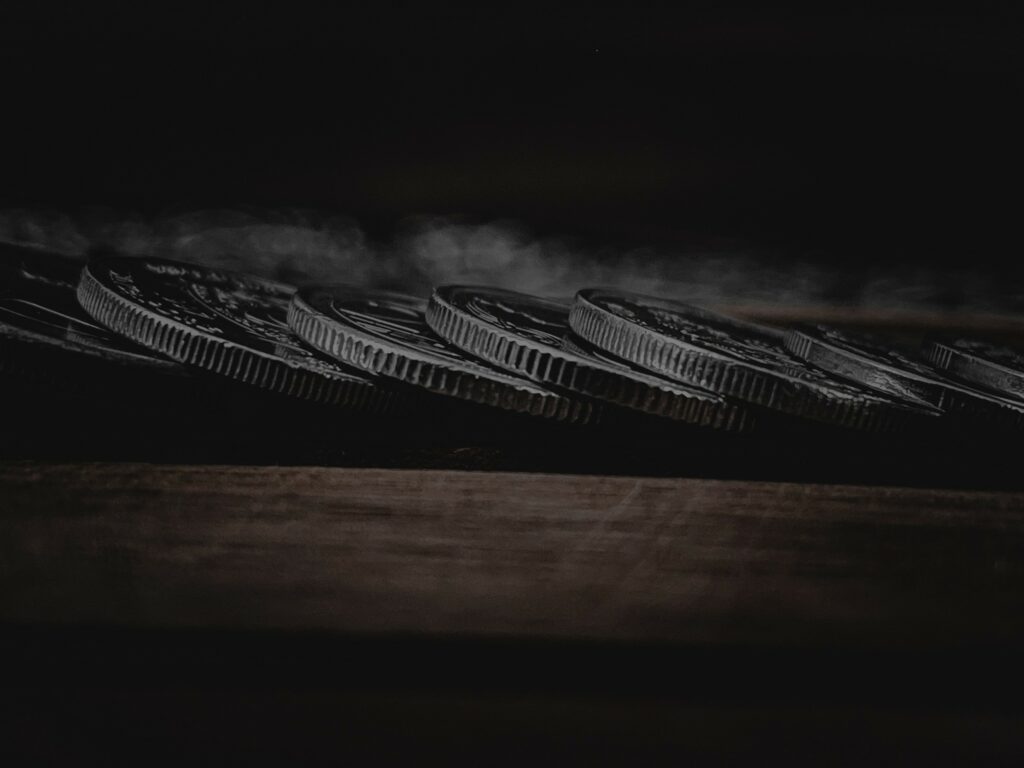
Discover all the news and articles from TNUMIS Magazine exclusively
The Marblehead Hoard : an incredible discovery beneath a colonial house
There are discoveries that completely reshape our understanding of monetary history. The Marblehead hoard, uncovered in the small coastal town of Massachusetts, is one of them. While renovating an old colonial house, workers stumbled upon an unexpected cache: more than 80 old coins, buried for over two centuries.
This hoard, now known as the “Marblehead Hoard,” attests to the major role that foreign coins played in the young American economy of the early 19th century.
A discovery worthy of an adventure novel
It all began during renovation work in a colonial-era home in Marblehead, a charming port town north of Boston.
At about 1.2 meters (4 feet) deep, the workers uncovered a cluster of old coins dating between 1726 and 1814. A genuine hoard buried for more than two hundred years, carefully hidden beneath the house.
Historical research has made it possible to identify the likely owner of the property: John Sparhawk, a merchant active between the 1790s and the 1830s. He owned two commercial schooners, the Dispatch and the Abigail, which sailed between New England and the West Indies, bringing back molasses and sugar in exchange for manufactured goods.
It is therefore no surprise that such a man would have had at his disposal a collection of coins from all over the world.
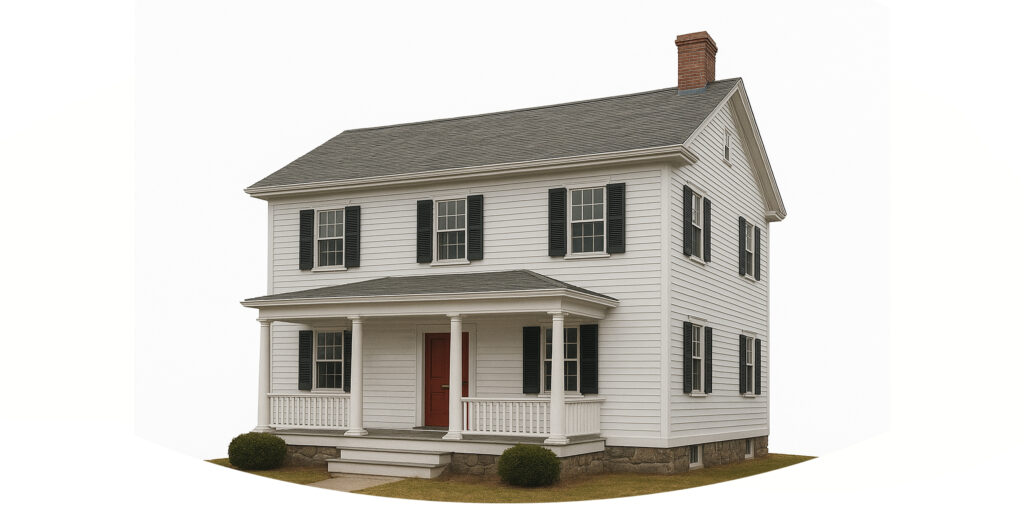
The Marblehead Hoard: coins of multiple origins
The Marblehead Hoard is as fascinating for the way it was discovered as it is for its exceptional monetary diversity.
The 82 recovered coins come from Bolivia, Brazil, Chile, Colombia, France, Mexico, Peru, Spain and only one of them is American.
Among the most remarkable finds are:
an 8 escudos from Mexico, 1764 Mo MF, certified NGC AU 55
an 8 escudos from Colombia, 1789 NR JJ, also certified
and a superb French écu from 1789, found in remarkable condition.
These coins, minted in all corners of the world, perfectly illustrate the globalization of trade at the end of the 18th century.
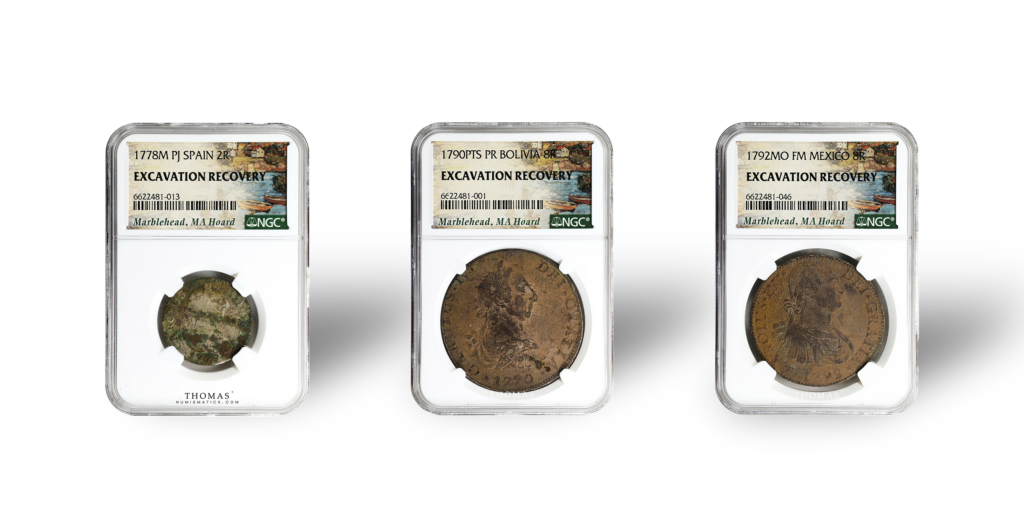
When foreign coins kept America’s economy beating
By the time these coins were buried, around 1814, the young American Republic was severely lacking in circulating money.
Foreign coins, especially Spanish-American ones, were used in daily life: they were legal tender in the United States until 1857.
The Marblehead Hoard is a striking piece of evidence: coins from Mexico or Peru circulated freely in Boston, New York, and Philadelphia.
They helped compensate for the shortage of national coinage while sustaining the economic vitality of the merchant ports along the East Coast.
From the cellar to the auction room: the journey of the Marblehead Hoard coins
Some reached impressive amounts, such as the 1764 Mexican 8 escudos, estimated between $7,000 and $10,000.
Each coin comes with the designation “Excavation Recovery Marblehead Hoard,” guaranteeing its provenance and adding a historical dimension to its value.

The Marblehead Hoard that tells the story of another America
More than just a simple find, the Marblehead Hoard tells a story: that of a time when the United States was still taking shape, and when gold and silver from all over the world circulated in the pockets of merchants.
Buried perhaps out of caution, fear of theft, or simply forgotten, this hoard crossed the centuries before reappearing in a very different world.
It also reminds us that every coin is a fragment of history, a tangible witness to trade routes, wars, hopes, and exchanges.
For collectors: a rare and coveted piece of history
The coins from the Marblehead Hoard now rank among the most emblematic discoveries in recent American numismatics.
Their documented origin, state of preservation, and historical context make them highly sought-after objects for collectors around the world.
Verified sources
- NGC – The Marblehead Hoard
- Marblehead Weekly News – The Sparhawk House (2023)
